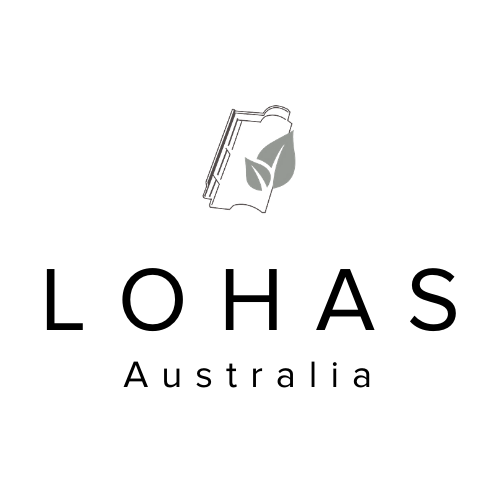Santa Caterina Markets
/The integral rehabilitation of the Santa Caterina market is part of the urban regeneration of the neighbourhood, La Ribera. This involves an expansion of the market to include a supermarket, housing, parking, a waste collection centre and an archaeological museum.
This project is unique not only through the richness of the vibrant palette but also by its scope and size. A person can experience the whole scenery only from the birds-eye panorama. The eye-catching roof was brought to life by artist and sculptor, Toni Cumella. The roof is described as a mosaic piece of art with a beautiful display of colours. The new roof of the Santa Caterina market is the feature element within the comprehensive rehabilitation of the building. With a large formal complexity, it was built using simple technological processed and traditional materials such as concrete, iron, wood and ceramics.
The concrete supports were built in situ and the two main beams were also concreted and post-tensioned on site. The metal frames were made of tubular profiles and the wooden bows were made with laminate wood. Each of them is different and has a very small radius; consequently, the wood was glued vertically (when they are typically glued horizontally to cover wide spans). The roof area generated above the wooden arches was built with four overlapping layers of wooden strips placed in different directions: two layers, rock wool thermal insulation, and two more layers. Sikabond was poured in situ and served the dual function of waterproofing the roof and bonding the ceramics. The first waterproofing layer was reinforced with an elastic mesh to absorb the expansion of the wood and has variable thicknesses for high water flow, the second layer without reinforcement directly seats the tiles.
The unique roof is lined with pieces of glazed ceramic, fired at a high temperature, manufactured by Ceramica Cumella. These glazed ceramics are made of paste from white ceramic, allowing us to work with transparent glossy glazes. This feature allows very sharp colours to be obtained; in this project, around 67 different colours were incorporated. Three types of ceramic pieces were made and implemented depending on the placement on the roof.
Product - bespoke ceramic facade
architect - embt
photographer - Duccio malagamba










